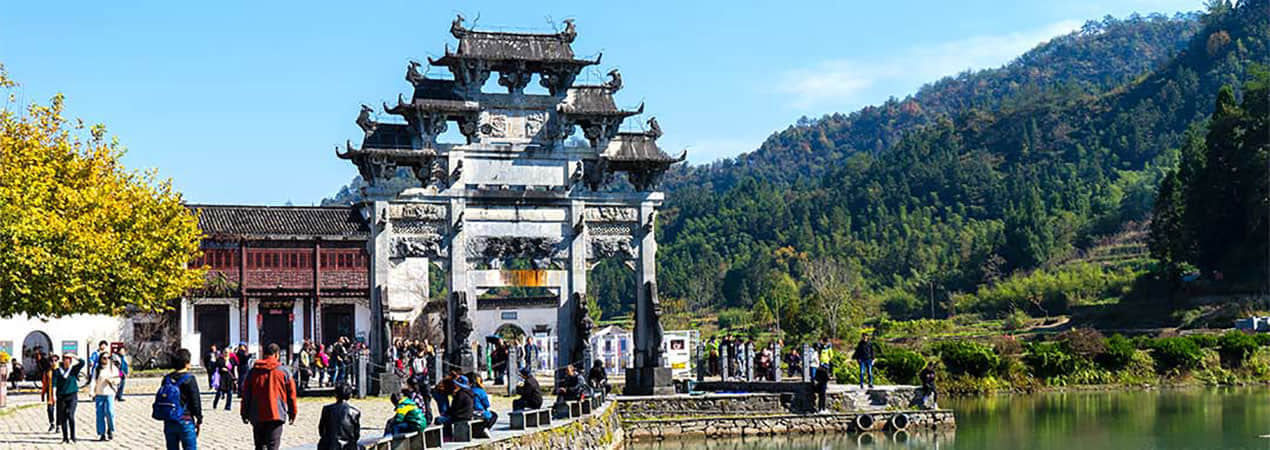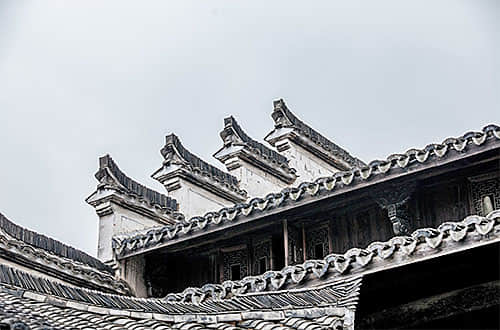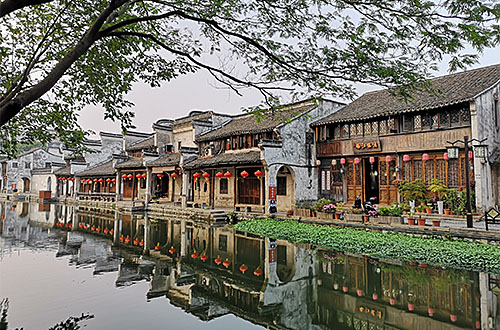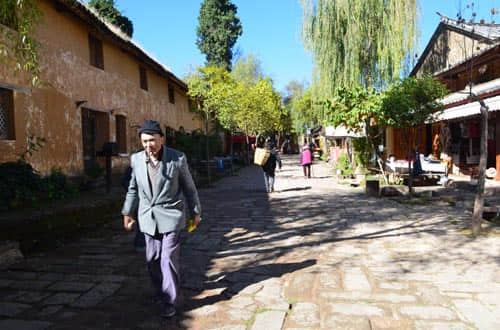Xidi Ancient Village

Xidi Village was built in the Huangyou ruling period of the Northern Song Dynasty with a history of nearly 960 years. It was listed as a world cultural heritage site in 2000 and was reputed as “the most beautiful village in the world” and “the treasury of ancient residential architecture”. In Xidi Village, hundreds of ancient folk residences dating back to the Ming and Qing Dynasties have been preserved. Not only are the buildings built with marble, but also the road is also paved with marble. Two clear rivers cut through the village. And 99 highly walled alleys make tourists feel as if they were in a labyrinth.
Xidi Village is a relatively well-preserved Hui-style architectural complex. Because all the streams in the village run from East to West, the village was named Xidi. The Hui-style architecture in the Village is well-proportioned in structure and dotted with brick, wood and stone carving, which is rarely seen in the domestic ancient residential architectural complex. With luxury mansions, ingenious gardens and grand archways, it is a haven of peace and happiness.
Highlights of Xidi Village:
 The archway of the village
The archway of the village
Archway
Xidi Archway was built in the sixth year of the Wanli ruling period in the Ming Dynasty (1578) with a history of over 400 years. The Archway is 12.3 meters high and 9.95 meters wide. It is a wood-like stone-carved archway with 3 arches, 4 pillars and 5 rooms, made of Yi County’s local blue marble. It is decorated with various patterns through the typical Hui-style crafts of embossing, openwork and circular carving, with each pattern implying deep meanings. Huwenguang Archway is solemn and elegant in style and ingenious in structure with outstanding stone carving techniques. It can be called the representative work of Hui-style Stone Archway in Ming Dynasty, signifying the prominent position of Hu’s family.
Ancient folk residences dating back to Ming and Qing Dynasty:
 The ancient folk residences
The ancient folk residences
The residences of Lvfutang and Dafudi built during the Kangxi ruling period of the Qing Dynasty are the classic buildings of Xidi Village. Interestingly, today’s Dafudi is used as a place for holding folk activities, such as “throwing an embroidered ball” on the high building for husband-selection.
The gorgeous mansions, ingenious gardens, door frame and ornamental perforated windows made of dark marble, stone carving of strange flowers, birds and animals, brick carving of pavilions, terraces, halls, characters and Chinese opera scenes, exquisite wood carving and magnificent colored drawing and wall painting in every household, fully demonstrate the essence of Chinese ancient art. Besides the abovementioned main buildings, there are also a lot of exquisite buildings built by rich or powerful people. The gorgeous mansions, ingenious gardens, door frame and ornamental perforated windows made of dark marble, stone carving of strange flowers, birds and animals, brick carving of pavilions, terraces, halls, characters and Chinese opera scenes, exquisite wood carving and magnificent colored drawing and wall painting are all worth appreciating.
Travel Tips:
- In April, you can appreciate the beautiful scenery of white-washed and dark-tiled buildings against fields of yellow rape flowers. It is recommended to avoid Qingming Festival when you will encounter too many tourists.
- Xidi Village enjoys great commercial prosperity, with many local people providing agritainment and vendors peddling snacks on the street. Here you can taste the locally featured delicious food, such as Laba dofu, baked rolls and bamboo shoots, as well as hairy tofu and stinky mandarin fish introduced in A Bite of China.
- If you prefer a tranquil village, you can stay here for a few days and stroll around the village in the early morning and late afternoon to avoid the crowds in the daytime. There are guesthouses made from the original old buildings, which cost RMB 100-200 per room per night. You can have free access to the village during your stay after getting registered with your ID card at the entrance
Drop us a line and we'll connect you with the top China expert in no time!
 Huangshan Culture and Landscape Tour in 4 Days
Huangshan Culture and Landscape Tour in 4 Days  Characteristic Photography Tour in Huangshan and Nanxun Water Town
Characteristic Photography Tour in Huangshan and Nanxun Water Town  Top 10 Old Towns
Top 10 Old Towns  Huangshan Travel Guide
Huangshan Travel Guide